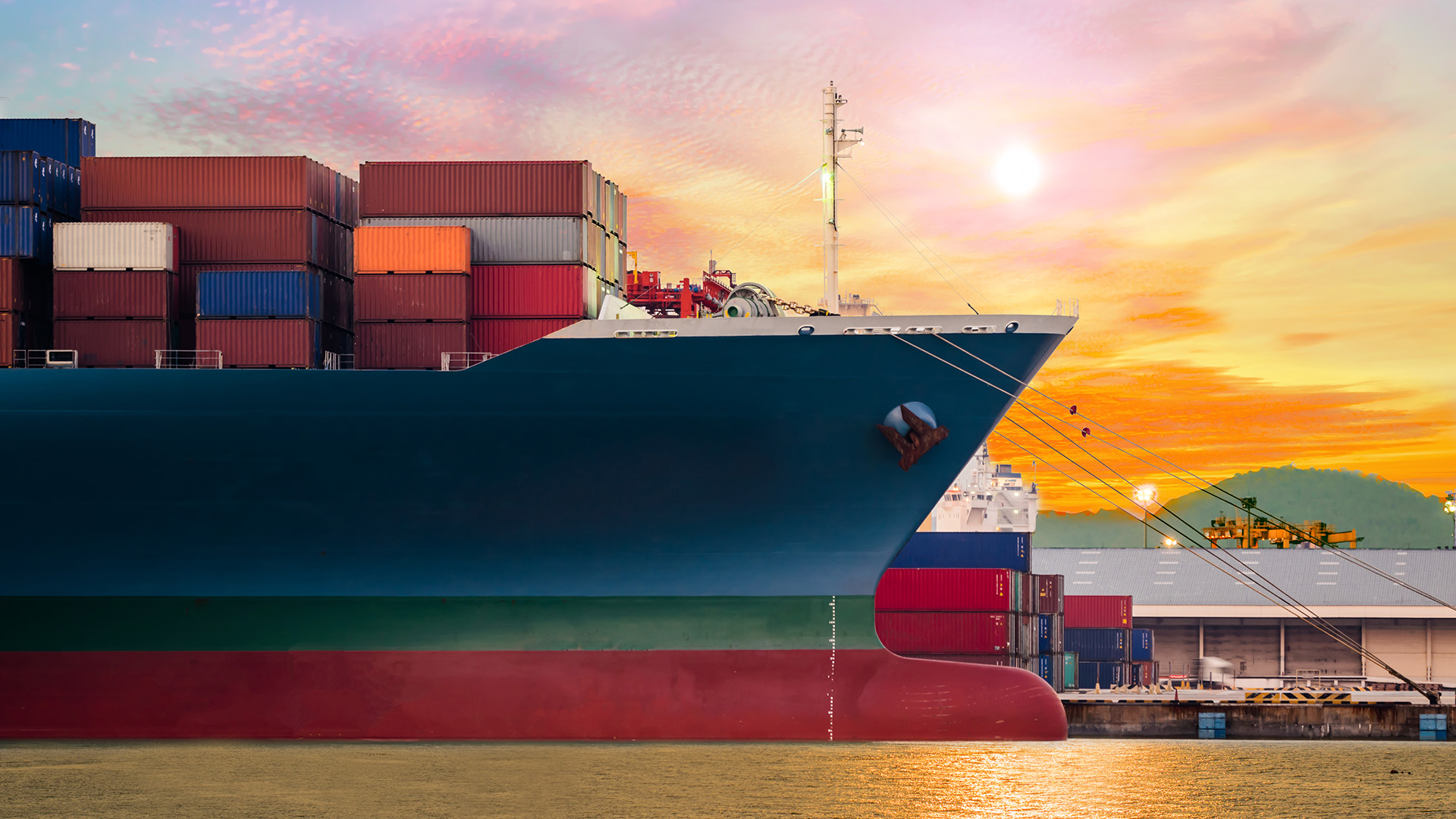Like black boxes carried on aircrafts, Voyage Data Recorders (VDRs) enable accident investigators to review procedures and instructions in the moments before an incident and help to identify the causes of any accident.
VDR systems are designed to record and store information concerning the position, movement, physical status as well as command and control of a vessel.
Under regulation 20 of SOLAS chapter V on Voyage data recorders (VDR), passenger ships and cargo vessels of 3.000 GT and above constructed on or after July 1, 2002 must carry a VDR, while a Simplified VDR (S-VDR) is accepted for cargo ships of 3.000 GT and above which were built before July 1, 2002.
The original performance standards for VDRs were defined in MSC.163(78) and came into force in 2002. Ten years later the Maritime Safety Committee of the International Maritime Organization (IMO) adopted a revised recommendation on performance standards for VDRs.
The new requirements are defined in MSC.333(90) and apply to all full VDR systems installed on or after July 1, 2014.
Due to the difficulties in interfacing with existing analog sensors on older vessels, simplified VDRs are not required to record the same amount of information as a full VDR system. Nevertheless, S-VDRs should maintain a store of information according to the original S-VDR performance standards, as defined in MSC.163(78). These standards came into force in 2006 and remain unchanged to date.
Light Voyage Data Recorders (L-VDRs) are non-mandatory systems, intended for vessels not required to implement a full VDR or a simplified VDR system by regulations, but in need of responsible documentation of voyage-related data. L-VDRs provide the recording capabilities of a type-approved full VDR system without being connected to a fixed/float-free capsule.
Summary of requirements
- Data shall be recorded in a fixed capsule, a float-free capsule, and internally in the VDR
- Data shall be recorded for a minimum of 48 hours in both capsules and 30 days internally in the VDR
The VDR must record at least the following:
- Date and time (S-VDR)
- Ship’s position (S-VDR)
- Speed and heading (S-VDR)
- Bridge audio (S-VDR)
- Communication audio (radio) (S-VDR)
- Radar data (S-VDR)
- ECDIS data (S-VDR)
- Echo sounder
- Main alarms
- Rudder order and response
- Hull opening (doors) status
- Watertight and fire door status
- Speed and acceleration
- Hull stresses
- Wind speed and direction
Maintenance
SOLAS regulation V/18.8 states that the voyage data recorder system, including all sensors, must be subjected to an annual performance test carried out by qualified and approved personnel. The system manufacturer must complete a review, record any changes and issue the completed test report within 45 days.
The battery should be replaced every four years, the backup battery must be replaced with a new one by a qualified service engineer.
A copy of the certificate of compliance issued by the testing facility, stating the date of compliance and the applicable performance standards, shall be retained on board the ship.




